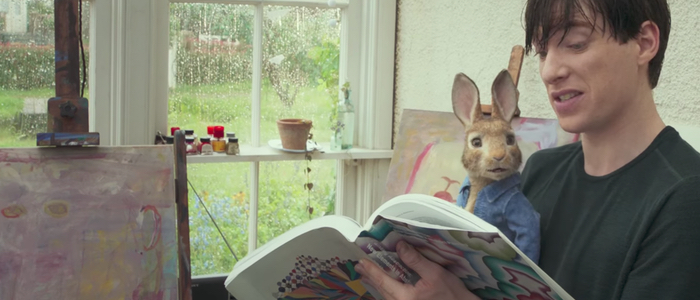Here’s the tale of a talented natural scientist, conservationist and wildlife artist, who wrote and illustrated a whimsical little book which no publisher wanted.
Helen Potter was born in 1866, into a prosperous Unitarian family. As a child, Helen and her younger brother Walter played with a menagerie of small animals that included rabbits, squirrels and other wildlife. The two frequently studied the shapes and habits of their furry friends, and soon began to sketch them. This marked the beginning of Helen’s love of nature and the countryside, and it later shaped both her education and her avocation.
Helen privately studied languages, literature, and history with her governess, but natural science became her passion. She spent hours illustrating insects, mushrooms, and fossils she found. She eventually graduated to painting a variety of animals, both real and imagined, in watercolors. During her early twenties, Helen realized she could earn money by printing and selling greeting cards featuring her artwork, so she produced a series of color Christmas cards adorned with her illustrations of mice and rabbits. A year or two later, she realized she could illustrate children’s books.
 In September 1893, while vacationing in Scotland, Helen wrote a letter to one of the children of her former governess, a young boy named Noel, who’d been ill. When she ran out of things to tell Noel, she started telling him a story about four little rabbits and their adventures. Helen liked her impromptu story, and in 1900, she decided to revise the tale and try to place it with a publisher. She had definite ideas regarding the size of the book, as well as how the text and illustrations should be laid out; so she created a little homemade booklet of the story, complete with her watercolors of cute rabbits, to promote her ideas to potential publishers.
In September 1893, while vacationing in Scotland, Helen wrote a letter to one of the children of her former governess, a young boy named Noel, who’d been ill. When she ran out of things to tell Noel, she started telling him a story about four little rabbits and their adventures. Helen liked her impromptu story, and in 1900, she decided to revise the tale and try to place it with a publisher. She had definite ideas regarding the size of the book, as well as how the text and illustrations should be laid out; so she created a little homemade booklet of the story, complete with her watercolors of cute rabbits, to promote her ideas to potential publishers.
Helen approached every book company she could think of — including the firm of Frederick Warne. They all said NO! Warne and Company was more eloquent, though: we don’t want your “bunny book”! Following a year of rejections, Helen decided to publish her little book herself, in a very limited black and white edition which she distributed among her friends and family, who in turn shared the book with a few of their own friends. Eventually, an old friend of Helen’s family saw the book, and asked if he might try to find a publisher.
He made the rounds of all the major publishing houses, encountered the same disinterest, and ended up back at Frederick Warne & Company, where L. Leslie Brooke, a prominent children’s book artist who worked for Warne, saw Helen’s self-published book and recommended it to his employers. After months of stalling, Warne finally, and perhaps even grudgingly, agreed to publish the book — in color and according to Helen’s specifications — but only in a small print run. So, on October 2, 1902, nearly a decade after she’d conceived an entirely new type of fable, one featuring anthropomorphic animals who still retained the appearance and characteristics of real animals, Helen’s children’s book, The Tale of Peter Rabbit, was finally published.

Helen Beatrix Potter’s little book was an immediate success, and quickly went through five additional printings to meet the demand for what ultimately became the first in a series of 23 fabulous furry fables. Our personal favorites are The Tale of Squirrel Nutkin and The Tailor of Gloucester.
More than a century later, the entire series is still in print, still popular, and Frederick Warne is still the publisher of these very profitable books. And The Tale of Peter Rabbit recently provided the inspiration for a hit movie. Not bad for a “bunny book” and it’s sequels!
“Behold, I am doing a new thing…. I will make a way in the wilderness and rivers in the desert.” (Isaiah 43:19 ESV)

